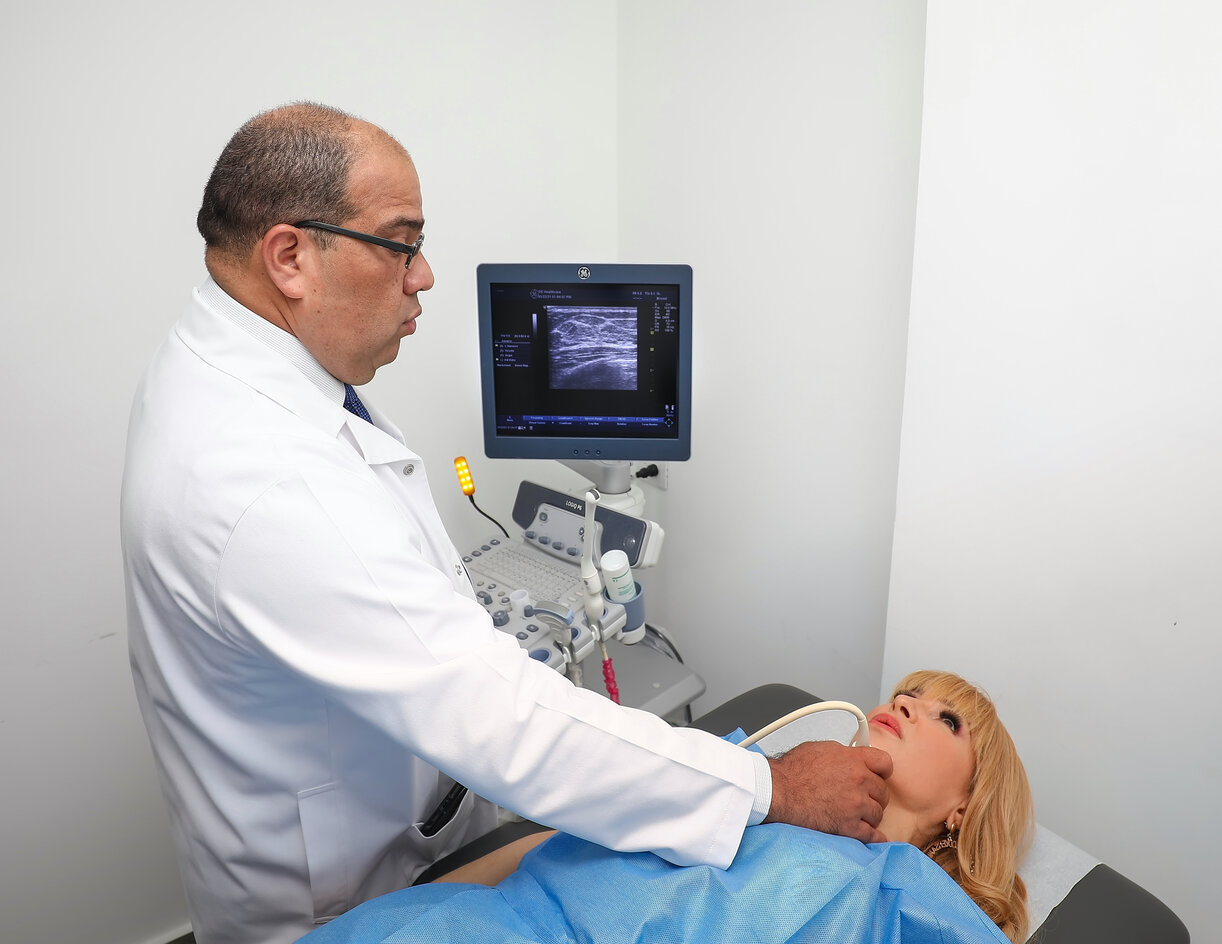Intervencionismo Oncológico
Lo que se define como tratamiento mínimamente invasivo por imágenes, viene a ser una terapia eficaz para aliviar e incluso curar el cáncer.
Un tratamiento menos doloroso y debilitante
Gracias al intervencionismo oncológico, cada día se incrementa el número de pacientes que se sirven de esta especialidad, obteniendo los mejores resultados.
El tratamiento va dirigido y actúa específicamente sobre el tumor, haciendo que los efectos adversos de los fármacos sean casi imperceptibles.
La recuperación es mucho más rápida y menos dolorosa si se le compara con otros tratamientos alternativos.


Evaluación de factibilidad
A partir de la valoración que se realice al paciente, será posible determinar la factibilidad de algunos procedimientos; desde biopsias hasta otros tratamientos mínimamente invasivos.

Mayor vitalidad
Ya que el tratamiento produce menos efectos secundarios, reduce la debilidad y el cansancio; el paciente renovará sus energías para dar continuidad a su proceso.

El Especialista
Forma parte del equipo multidisciplinario que estudia los tumores procurando la aplicación de tratamientos oncointervencionistas precisos, en búsqueda de solución.
Preguntas frecuentes
Embolización tumoral
En particular, existen casos en los que es preciso realizar un bloqueo intencional en determinados vasos sanguíneos para impedir el flujo regular hacia ellos.Sin duda, se trata de un procedimiento que ayuda a controlar determinado sangrado y en el caso de pacientes oncológicos, evita el flujo de sangre hacia el tumor.
Es por ello que mediante un cateterismo es posible obstruir con gran precisión una arteria con fines terapéuticos. En este sentido, es posible identificar 3 grupos de pacientes candidatos a una embolización:
- Embolización oncológica. Orientada al tumor de manera específica; por lo general cumple una función paliativa, pero además en ciertos casos puede retrasar su crecimiento. Existen 2 tipos dentro de este rango:
- Quimioembolización hepática.
- Radioembolización con Itrio-90.
- Embolización prequirúrgica. Permite ayudar a controlar el sangrado durante la intervención, cuando los tumores son muy grandes o presentan múltiples vascularizaciones.
- Embolización paliativa. Se refiere a la aplicación de esta técnica para controlar los síntomas presentes en beneficio del paciente.
- Ablación tumoral.
En cualquier caso, el daño que va provocando esta técnica sobre el tejido tumoral, hace de ella una terapia muy eficaz que en algunos pacientes puede llegar incluso a ser curativa y en la mayoría de los casos, se combina con quimioterapia y/o cirugía.
Evidentemente, la forma más frecuente de aplicar este método es mediante técnica percutánea; lo cual disminuye el tiempo de recuperación y las posibles complicaciones.
En consecuencia, algunas de sus técnicas más conocidas incluyen:
- Radiofrecuencia.
- Microondas.
- Láser.
- Crioblación.
- Electroporación irreversible.
Procedimientos de diagnóstico vascular y no vascular
- Flebografía diagnóstica (selectiva y no selectiva).
- Arteriografía diagnóstica (selectiva y no selectiva).
- Muestras hormonales.
- Estudios vasculares percutáneos.
- Procedimiento diagnóstico biliar y urológico.
- Biopsias.
Intervencionismo terapéutico vascular
- Angioplastias.
- Aterectomía percutánea..
- Embolectomía.
- Trombectomía.
- Endoprótesis vascular.
- Fibrinólisis local.
- Vía central para quimioterapia.
- Stent en obstrucciones tumorales (vena cava y/o iliaca).
Intervencionismo terapéutico no vascular
- Gastrostomía.
- Linfografía.
- Prótesis ureteral.
- Prótesis biliar.
- Prótesis en vía digestiva.
Intervencionismo neurovascular
- Neurodiagnóstico.
- Neurointervencionismo.
- La simplicidad de la mayor parte de estos procedimientos y el uso de técnicas mínimamente invasivas, proporciona una excelente receptividad entre los pacientes; quienes aprovechan no solo su eficacia terapéutica, sino también las mejoras que produce para su bienestar y calidad de vida.
- El intervencionismo oncológico contribuye a lograr diagnósticos de gran precisión; que incluyen resultados con un alto grado de asertividad, mostrando tumores que pueden ser posteriormente tratados con la mayor precisión.
- Finalmente, el tratamiento de tumores con este tipo de especialidad proporciona la confianza que el paciente necesita; aunada al logro de resultados evidentes en el corto y mediano plazo.